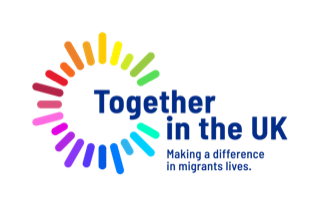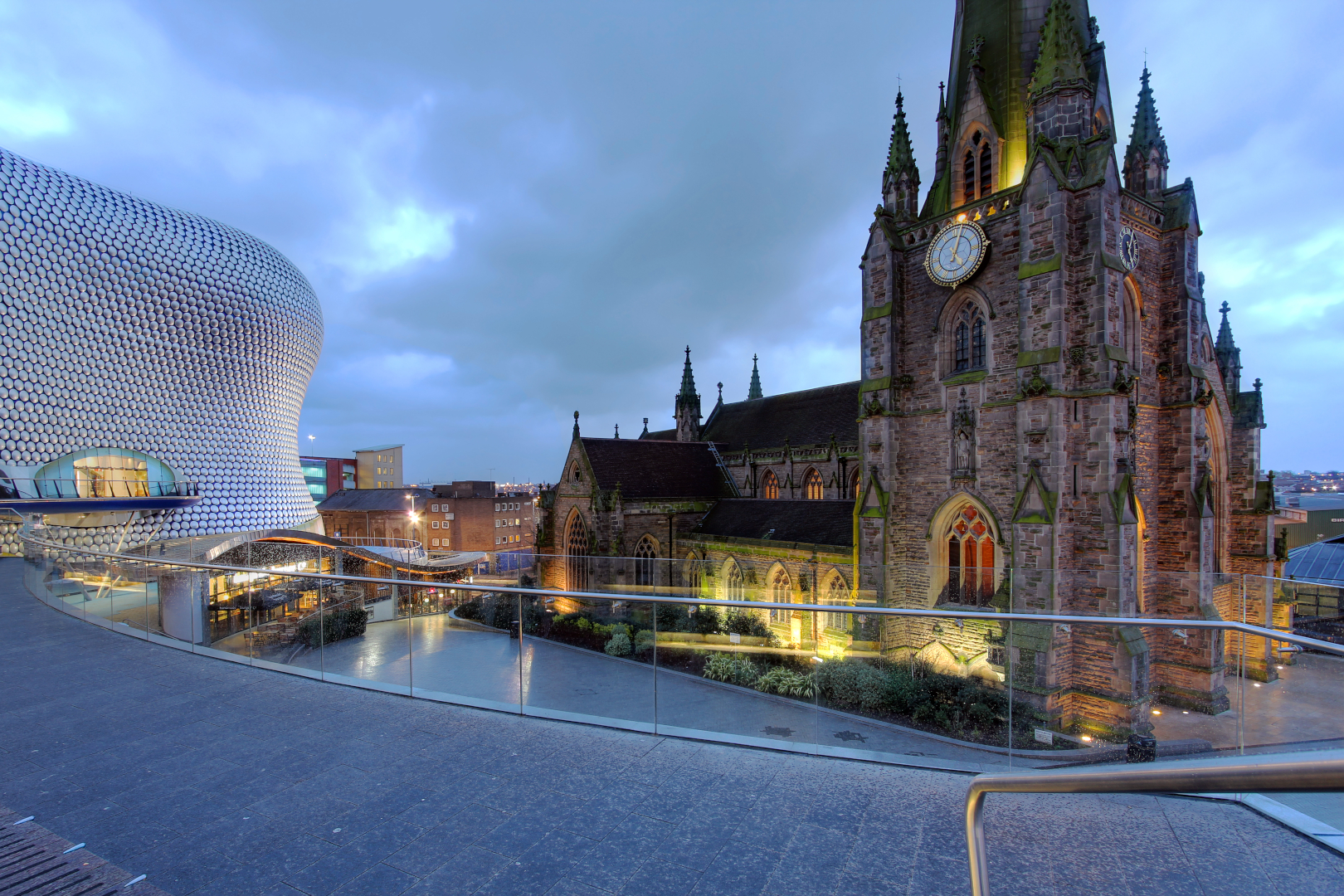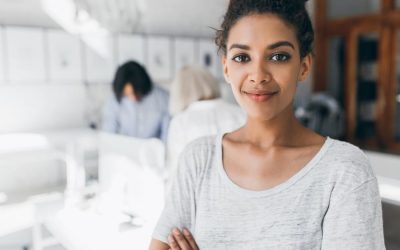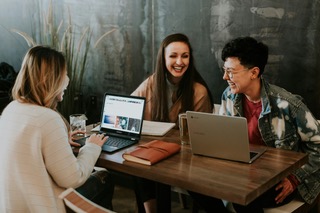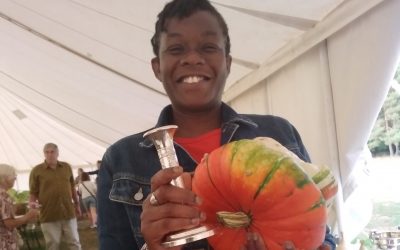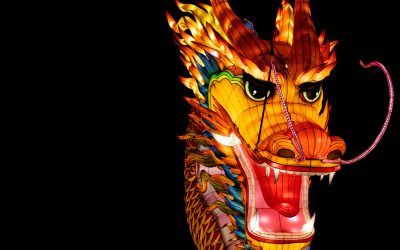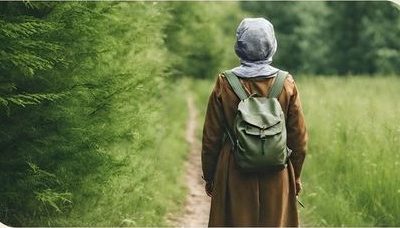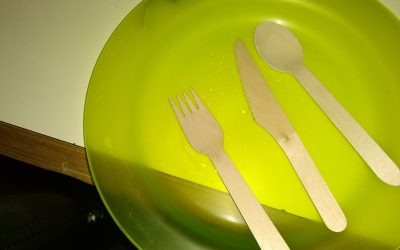A review of the creative and innovative My City 2021exhibition, a three year project to reflect the contributions of refugees and migrants across the West Midlands.
‘From The Earth Upwards’ – Morshed Akhtar (mixed media)
A landscape shot of a tranquil canal, without a ripple to disturb its reflection of the blue sky and canopy of gangly trees above; an image of two feet meeting poised on a football to keep it still – such familiar yet deeply personal moments are at the heart of the ‘My City’ exhibition which has asked residents of Birmingham, Coventry and Wolverhampton, many with migrant backgrounds, to share what their city means to them. The exhibition is part of the MiFriendly Cities Project, a 3-year initiative that has looked ‘to develop innovative, community-led and sustainable approaches to enhancing the contribution of refugees and migrants across the [West Midlands].’ Laura Nyahuye, founder of Maokwo, the arts organisation working with migrant artists and marginalised communities which facilitated this exhibition, poetically explains the ethos behind the project:
‘One of my quests in life is bringing humans together. In my work and the work we produce at Maokwo, you will find a strong emphasis on the “human”. That’s who we are beyond systematic structures and labels that separate us, beyond the twang in my tongue. We share a common space… the mother’s womb.’
One of the more figurative responses to the brief is Morshed’s mixed-media piece, ‘From The Earth Upwards’, which echoes motifs of growth, nature and vibrant colour recurring throughout the exhibition. Morshed is a first-generation migrant from Bangladesh who has lived widely across the UK in the last fifteen years and was able to share more on the process of producing ‘From The Earth Upwards’, which he describes as a visual representation of Birmingham’s ‘rough surface, struggles, willingness to rise up and get going.’ He told TGIUK about his personal inspiration for his contribution, connecting moments of arbitrary, everyday discovery with his relationship to the city:
‘I am a collector, I collect memories, I collect many “unwanted” objects. I have always been interested in tiny twigs. A few months ago, whilst on a walk with my children, I collected some twigs but wasn’t sure how I could make them useful. As soon as I had the conversation with Maokwo on ‘what does your city mean to you?’, I started formulating some ideas. Birmingham has issues, it has hundreds of obstacles, but still it has a diverse and colourful population which is its beauty and strength. The community is working hand in hand to make it a nicer city; it is colourful, it is harmonious.’
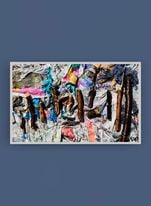
‘My City’ is a highly optimistic curatorial project, celebrating the participants’ warm spirits and emphasising the acceptance they have felt in their West Midlands communities. Yet Morshed’s reflections hint at the experiences of hardship we can infer behind such enthusiasm – of those ‘hundreds of obstacles’ which every now and then seep into the exhibition. Amidst a cheerful collection of portraits, taken of participants at a Maokwo workshop in Coventry, there is an uncredited quote which articulates with melancholy poignancy the emotional burden of adversity these migrants may face:
‘Soon they’ll unlearn their language of tenderness. The sparks between them will fizzle out into self-consciousness and the cold and the concrete will set hard around their hearts.’
There is no further detail on the kinds of experiences that bring about the ‘cold and the concrete’ and ‘My City’’s aim is not to display the artists’ and participants’ traumas, nor to analyse harsher realities that might lurk beneath the overwhelming mood of positivity. Rather, pausing on these inflections highlights the powerful sense of resilience and grace expressed by these diverse voices who are so often absent from dominant narratives of the UK, from a homogenous perception of “creativity” and of the exhibition space.
In the middle section of the exhibition, titled ‘Relationships’, there is a photograph of a couple, perhaps at a wedding, with their bodies nestled into each other and smiling directly at the camera. The portrait, by Mariya, is titled, ‘I Love You’, which says all you need to know about the goodwill and generosity that abounds from the exhibition as a whole and its participants. Like many of the works in ‘My City’, ‘I Love You’ is the kind of photograph you might easily find in your own phone, capturing a moment of quite ordinary joy and fellowship out of everyday life. It’s a blessing to be given a glimpse into people’s personal archives in this way and as an online exhibition during the UK’s third lockdown, clicking and swiping through the virtual walls is a taste of the kind of vitality and companionship that months of separation can leave us craving.
Maokwo has since followed up its ‘My City’ exhibition with a secondary ‘artists’ response’ exhibition showcasing paintings, photography and mixed media pieces by local artists working from the stimulus of the original project. Where ‘My City’ has a largely documentary style, choosing to curate its pieces with little interference, the second exhibition features more interpretive explorations of migrant experiences in the West Midlands. Following the evolution of Maokwo’s ‘My City’ project as it widens its community and amplifies more creative voices promises to be an emboldening experience of solidarity with artists on the margins of society.
Further resources:
MiFriendly Cities website – organising partner for the exhibition
Maokwo’s My City exhibition
https://maokwo.com/mycityexhibition
Maokwo’s artist response exhibition
https://maokwo.com/artist-response
Laura Nyahuye’s artist website
